3/14/2021
Deputy Prime Minister Michael McCormack says he appreciates it is an important issue, but he won't attend a march to demand action on violence against women.(AAP: Mick Tskikas)
Deputy Prime Minister Michael McCormack won't attend a public march on Monday planned to demand action on violence against women at Parliament House, following a month of accusations that it harbours a toxic workplace.
Key points:
Deputy Prime Minister Michael McCormack won't attend the demonstration because he has meetings all day
The protest follows a month of accusations that Parliament House harbours a toxic workplace
Opposition Leader Anthony Albanese says he will attend the protest, along with other colleagues
Appearing on Insiders, Mr McCormack was asked why he couldn't take 10 minutes to speak with the women and men expected to descend on the nation's capital tomorrow.
"No, I have meetings all day," Mr McCormack told David Speers.
"Look, at the end of the day, we want Parliament to be a place which is a fit and proper workplace, and I know that indeed in my office I've said that to my staff, I've made sure that they know all the proper processes and protocols.
"If there are issues that people feel that they are not being supported in and there are issues that indeed are very grave, then they should be dealt with by the proper authorities, so department in cases of harassment and the police if the matters are more serious than that."
Women like Brittany Higgins have inspired the marches.(Supplied)
The black-clad protesters plan to demonstrate on the first day of parliamentary sittings since the scandal-plagued fortnight in which allegations about the culture in the building were raised.
The national day of action will also see marches held across the country, though the main event in Canberra had to be changed due to COVID-19 safety measures.
The black-clad protesters plan to demonstrate on the first day of parliamentary sittings since the scandal-plagued fortnight in which allegations about the culture in the building were raised.
The national day of action will also see marches held across the country, though the main event in Canberra had to be changed due to COVID-19 safety measures.
Prime Minister Scott Morrison said he also would not attend the march, but would be happy to meet with the organisers to hear what they wanted the government to do.
"I would be happy to meet with a delegation from the group that is coming to Canberra," Mr Morrison said.
"I will meet them as I do with many groups. I will meet them privately in my office and I will listen carefully."
VIDEO Duration: 1 minute 7 seconds1m 7s
WATCH
Federal Opposition Leader Anthony Albanese said he would attend the March4Justice protest with colleagues to show his support for the campaign.
"It is important we listen to what the community is saying — that was the message that Grace Tame, the Australian of the Year, said at the national press club," Mr Albanese told Sky News.
"We do have a scourge of violence against women and against children — we do need to listen to what people are saying and tomorrow is an opportunity to do that."
What's happening?
Janine Hendry is calling on people to surround Parliament House in silent protest against discrimination and alleged sexual abuse.(ABC News: Tamara Penniket)
The protests are being organised by Melbourne academic Janine Hendry, who initially outlined her hopes for "extremely disgruntled women" to link arms and form a human chain around Parliament House in Canberra.
Monday is the first day of parliamentary sittings since late February, when Parliament was engulfed by an allegation made by Brittany Higgins that she was raped inside the office of then-defence industry minister Linda Reynolds.
Separately, Attorney-General Christian Porter has also emphatically denied a historical rape allegation going back more than 30 years and is currently on mental health leave.
Organisers hope the Canberra march will see thousands of protesters take to the lawns of Parliament House, but protests will also be held in all major cities and dozens of regional locations.
The protests are being organised by Melbourne academic Janine Hendry, who initially outlined her hopes for "extremely disgruntled women" to link arms and form a human chain around Parliament House in Canberra.
Monday is the first day of parliamentary sittings since late February, when Parliament was engulfed by an allegation made by Brittany Higgins that she was raped inside the office of then-defence industry minister Linda Reynolds.
Separately, Attorney-General Christian Porter has also emphatically denied a historical rape allegation going back more than 30 years and is currently on mental health leave.
Organisers hope the Canberra march will see thousands of protesters take to the lawns of Parliament House, but protests will also be held in all major cities and dozens of regional locations.
Will it be COVID-safe?
The main event in Canberra has been approved by ACT Health authorities, though concessions have been made to ensure the protests are in accordance with the rules there.
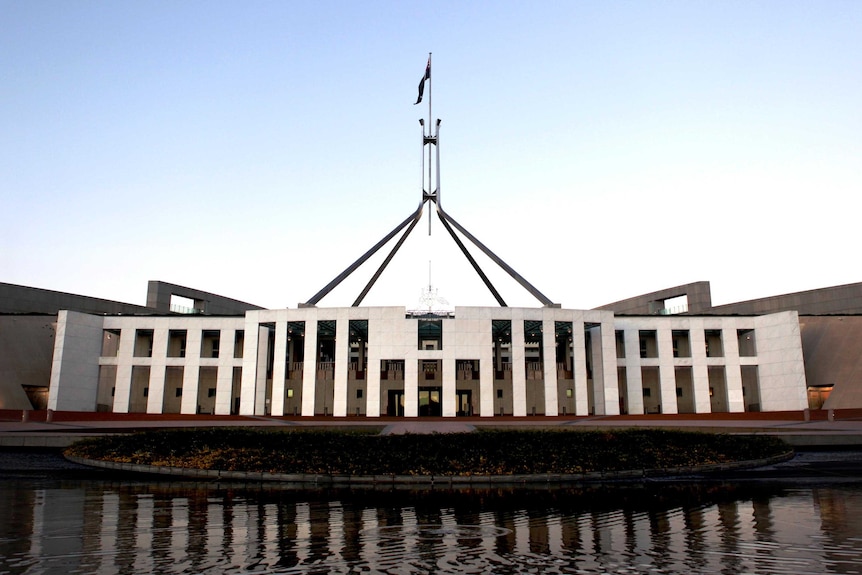
The main event in Canberra has been approved by ACT Health authorities, though concessions have been made to ensure the protests are in accordance with the rules there.
Organisers initially wanted to encircle Parliament House in Canberra.
(ABC News: Jenny Magee)
While the initial plan was to form a human ring around Parliament, that plan had to be ditched for safety reasons.
"Due to COVID restrictions, we can't do this but we will be still making an impact," Ms Hendry said.
Anyone attending the main march will be required to check in with the ACT's Check In CBR app, and hand sanitiser will be available at the event.
What do the protesters want?
The march on Parliament House will culminate in organisers delivering a petition calling for a range of actions including:
While the initial plan was to form a human ring around Parliament, that plan had to be ditched for safety reasons.
"Due to COVID restrictions, we can't do this but we will be still making an impact," Ms Hendry said.
Anyone attending the main march will be required to check in with the ACT's Check In CBR app, and hand sanitiser will be available at the event.
What do the protesters want?
The march on Parliament House will culminate in organisers delivering a petition calling for a range of actions including:
Independent investigations into cases of gendered violence
Strengthening of the Sex Discrimination Act
Mandatory gendered violence and sexual harassment training for MPs and their staff
For all Australian parliaments to have a 50:50 gender split by 2030
At least one of the protesters' demands has already been met, with Prime Minister Scott Morrison last week announcing sex discrimination commissioner Kate Jenkins would conduct a review into the workplace culture at Parliament House.
Sex discrimination commissioner Kate Jenkins is reviewing
the workplace culture at Parliament House.(AAP: David Moir)
At the time, Mr Morrison acknowledged the culture in Parliament had to change.
"The Parliament of Australia should set the example for others to follow," he said.
"The Parliament of Australia should reflect best practice in the prevention of, and response to, any instances of bullying, sexual harassment, or sexual assault."
Ms Hendry said she believed the marches, which she labelled apolitical, would ensure that lasting change.
"Women who have never marched before are joining us in action. Women who have been marching all their lives are still here," Ms Hendry said.
"There are people from every political party and no political party."
At the time, Mr Morrison acknowledged the culture in Parliament had to change.
"The Parliament of Australia should set the example for others to follow," he said.
"The Parliament of Australia should reflect best practice in the prevention of, and response to, any instances of bullying, sexual harassment, or sexual assault."
Ms Hendry said she believed the marches, which she labelled apolitical, would ensure that lasting change.
"Women who have never marched before are joining us in action. Women who have been marching all their lives are still here," Ms Hendry said.
"There are people from every political party and no political party."


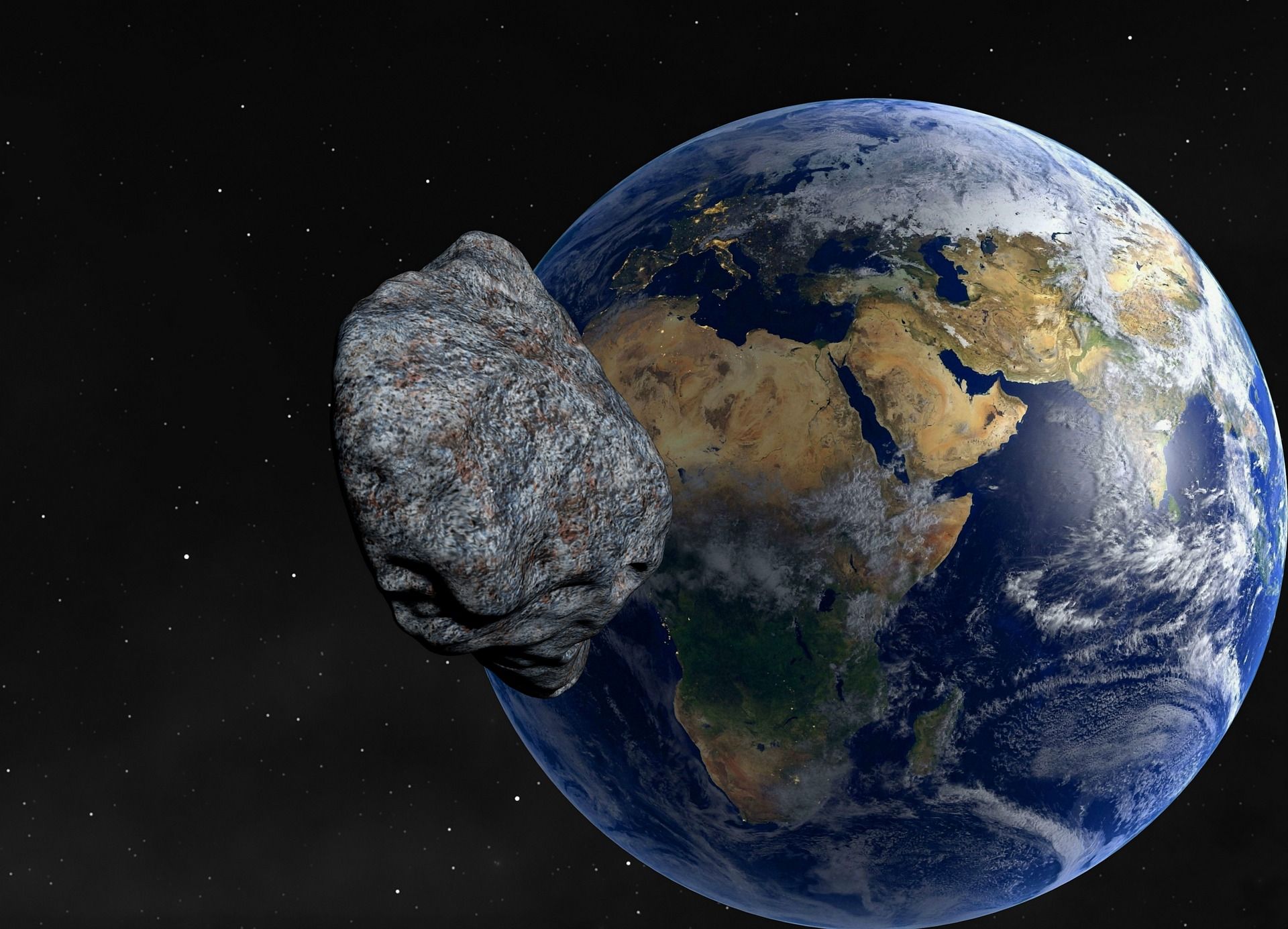
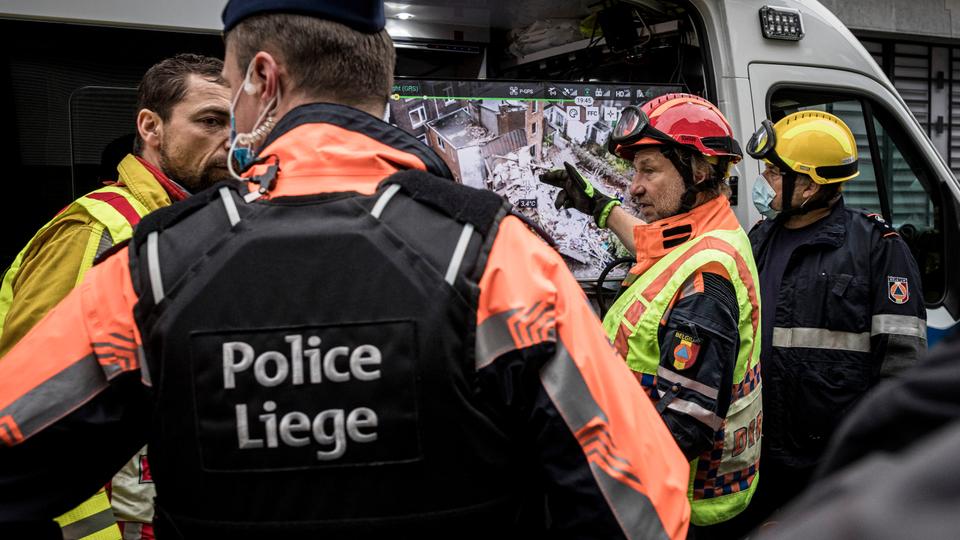

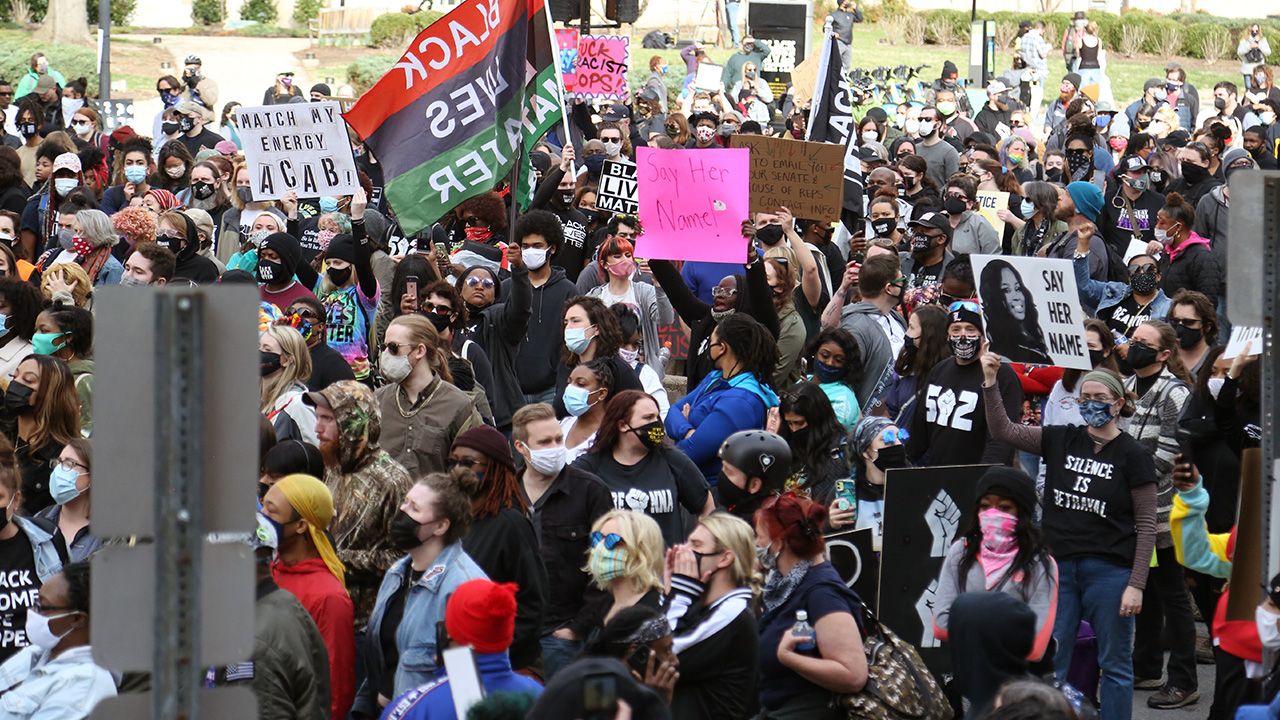
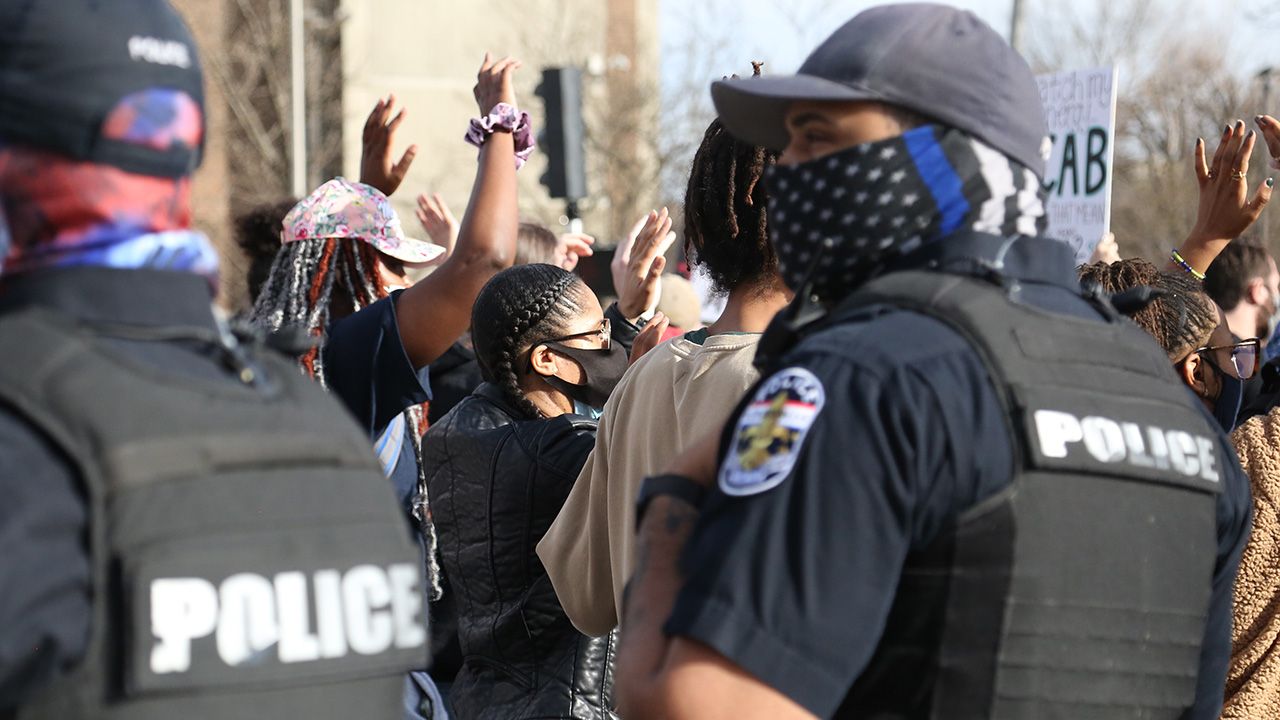
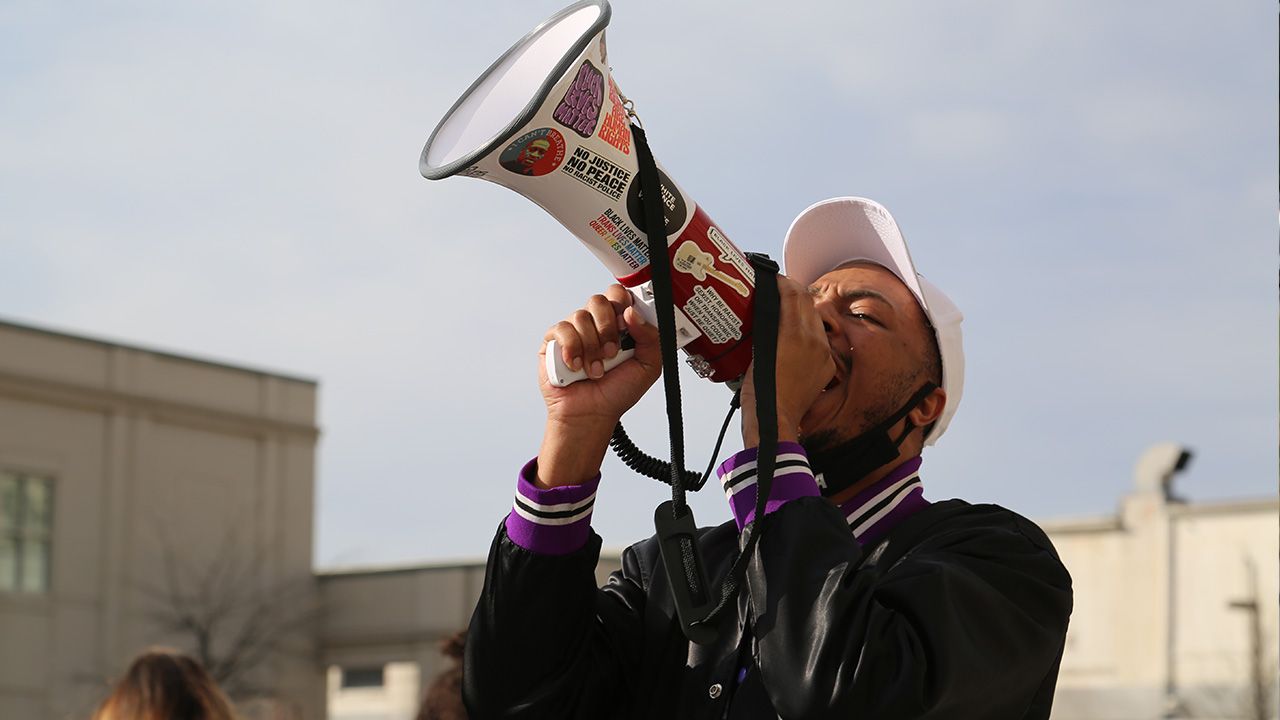

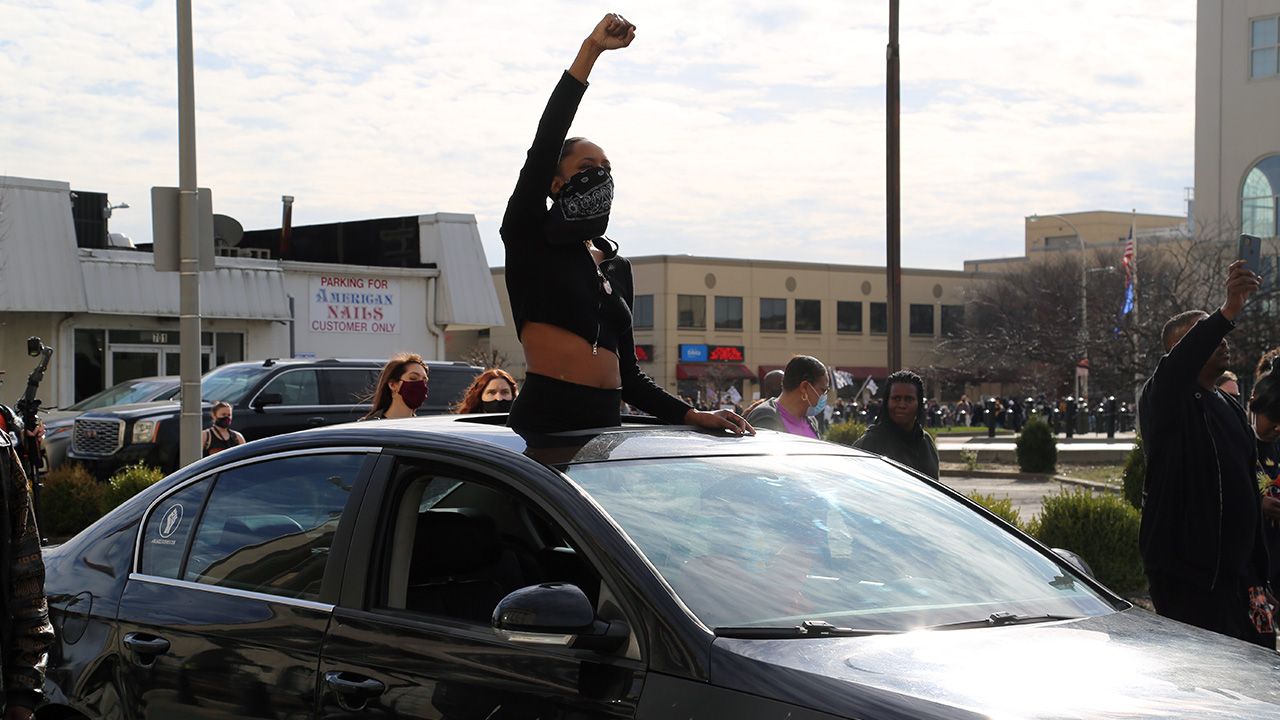
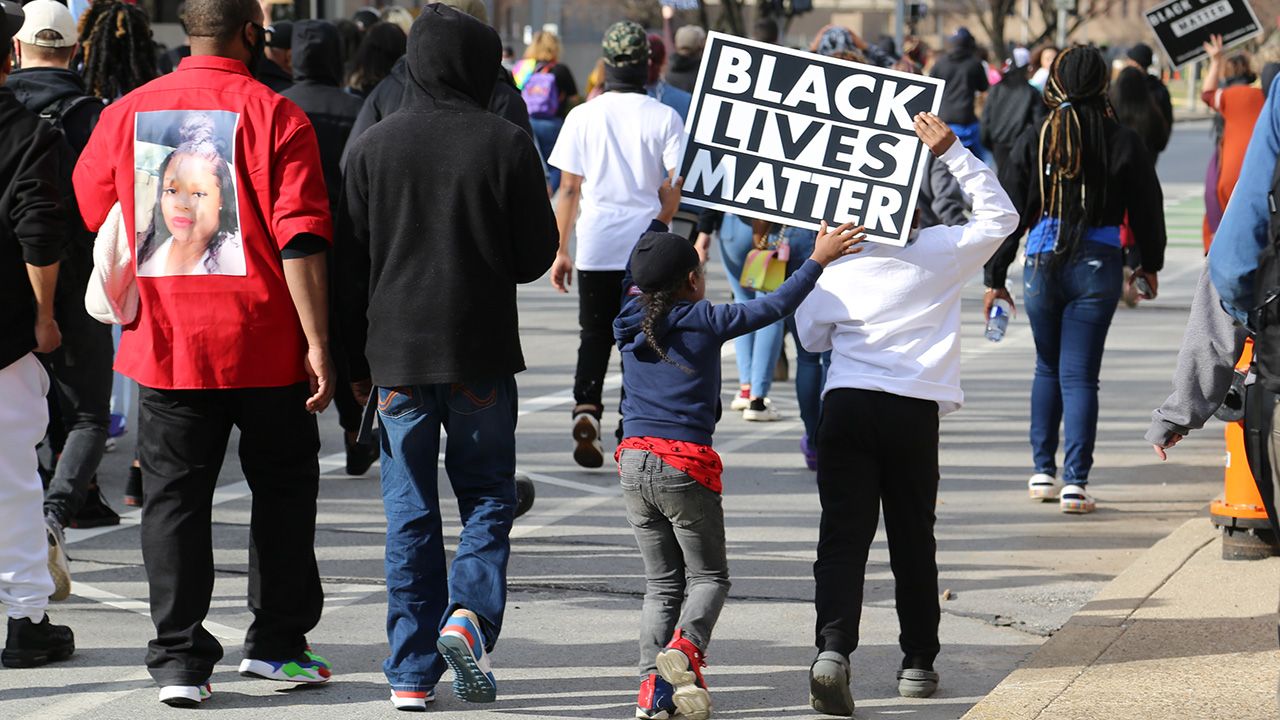
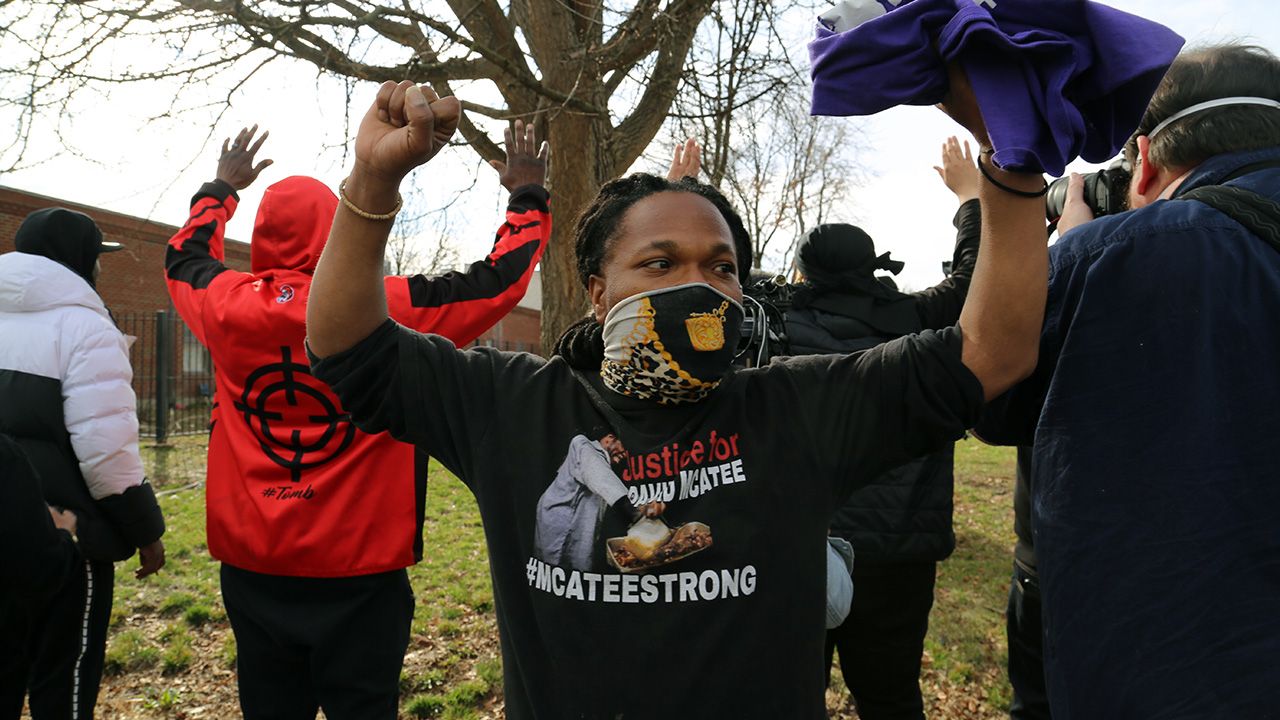
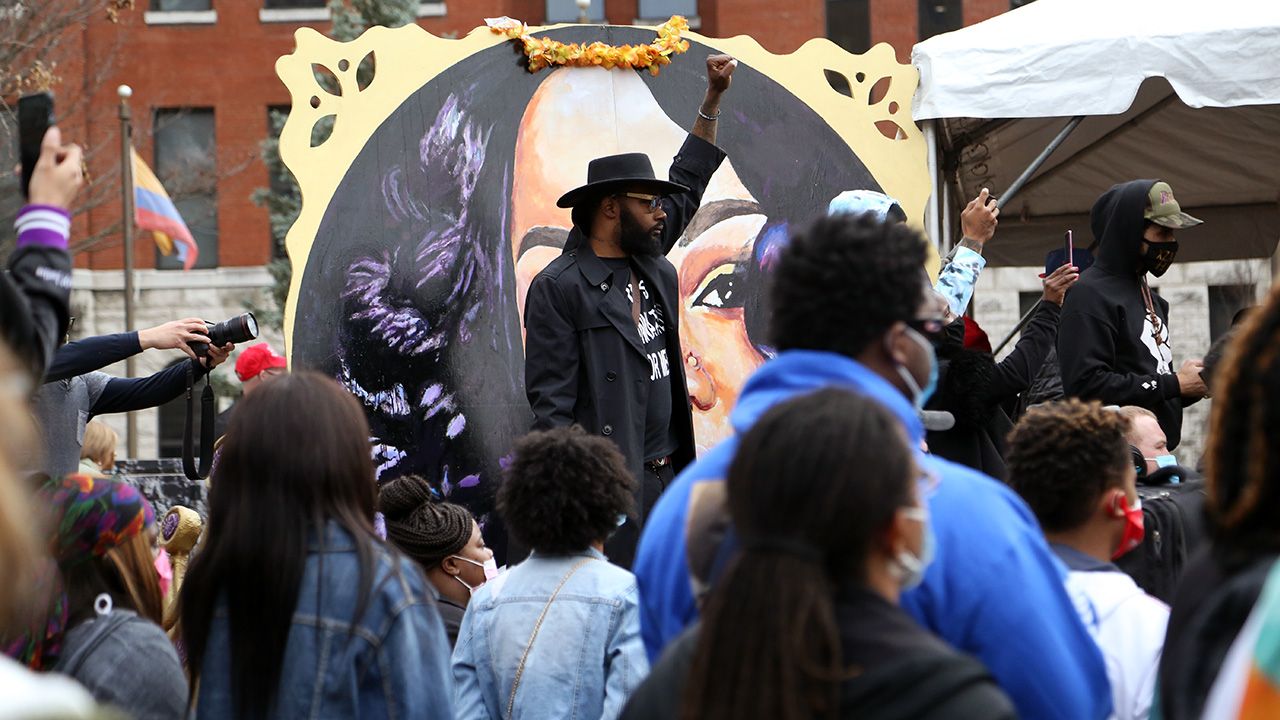

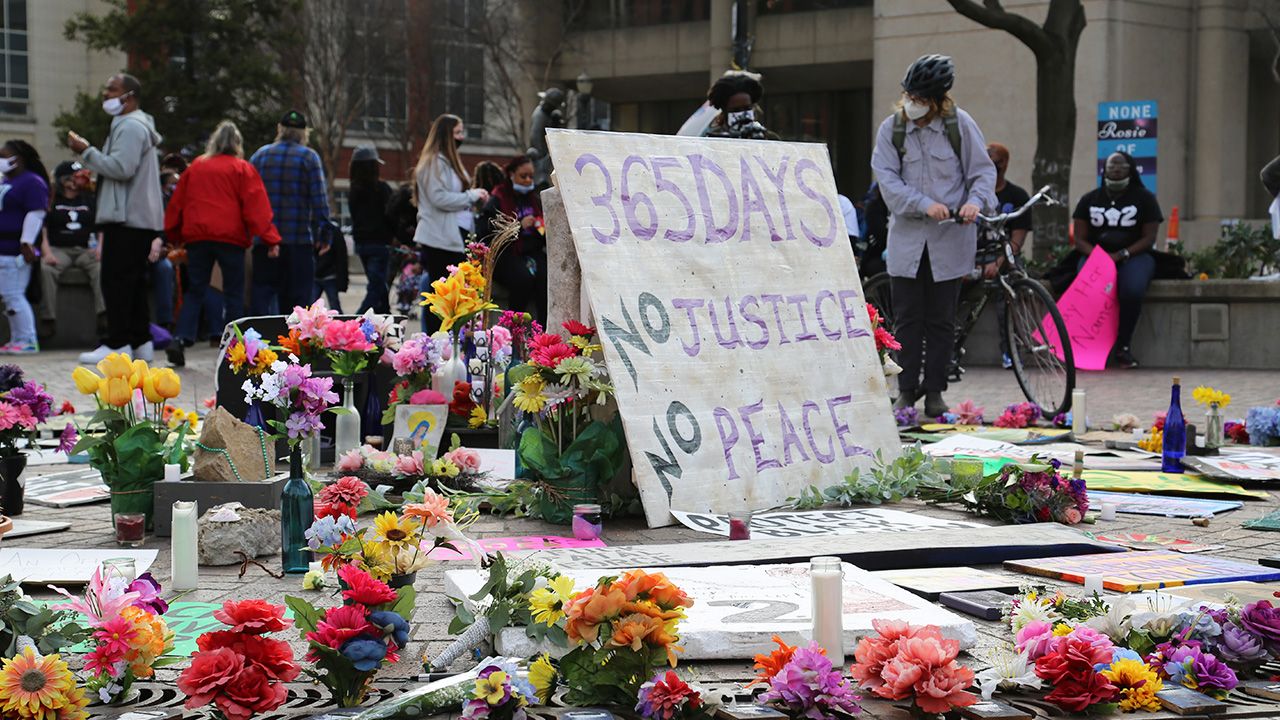
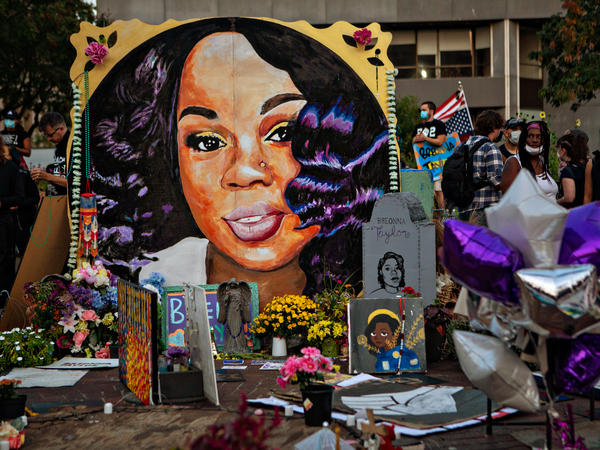







/cdn.vox-cdn.com/uploads/chorus_image/image/68961974/1199814440.0.jpg)

